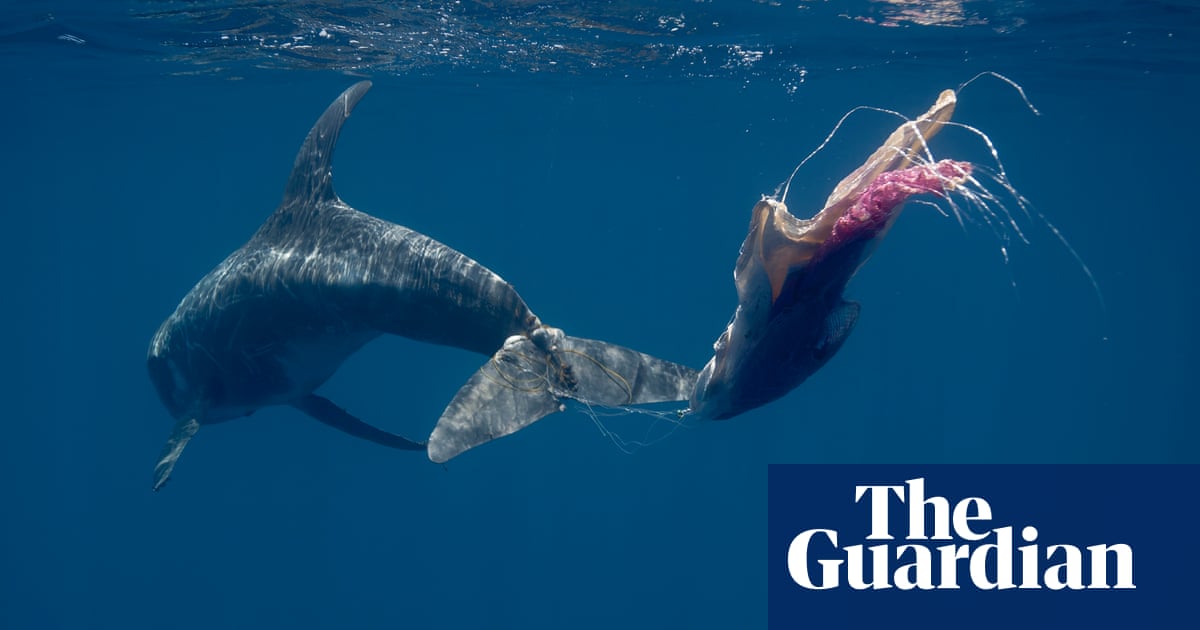What is the UN’s Global Assessment Report and why is it important?
That humans are meddling with the natural world, in ways that we often fail to understand, is no longer in doubt. From the near-extinction of many land animals – the elephant, the tiger, the rhinoceros – in their natural habitats to the destruction of forests in the developing world, the decline of insect life in areas of intensive agriculture in developed countries, and more recently the increasingly evident scourge of plastics in the oceans, our imprint on the natural world has become impossible to ignore.
There is scarcely any natural environment, from the Amazon to Australia, where the hazards we have introduced are unseen – take microplastics, now known to be almost ubiquitous, or the dark stains of soot we have left upon the Arctic snowcap, in places where humans have never trodden but our footprints are clearly visible. Beyond these obvious effects, we are also wreaking changes on the climate which scientists warn will have dire consequences.
Until now there has been no comprehensive attempt to look at all of these effects, even though some of them have been long known. The Intergovernmental Science-Policy Platform on Biodiversity and Ecosystem Services (IPBES) was convened by the United Nations to find an answer to the questions: what are we doing to the world’s species, its biodiversity, its ecosystems and its natural resources? And what are the consequences – for human life, as well as the natural world?
What has the report found?
At least a million species are at risk of extinction because of human actions. The abundance of native species in most major land habitats has fallen by a fifth since 1900. Frogs and other amphibians, particularly vulnerable because of their bodies and breeding habits, have suffered an astonishing 40% decline. Many scientists see amphibians as the “canary in the mine”, signalling dangers such as pollution and the spread of disease that can hit frogs and other amphibians harder at first than they do other animals.
Nearly a third of corals around the world and more than a third of marine mammals are also threatened. At least 680 vertebrate species have been driven to extinction in the last 400 years, and that is of those that can be reliably counted.
Even among the animals we value commercially, the picture is grim: about a tenth of all the domesticated breeds of mammals that we eat have been driven to extinction, as we increasingly focus on just a few breeds.
Why does this matter?
We do not know what the long-term consequences of our destruction will be for the rest of the Earth. We do know that the changes we are wreaking are already leaving us vulnerable. In the case of domesticated plants and animals, for instance, the lack of biodiversity in genes is leaving us with less protection against diseases, and fewer options for breeding plants and animals that will be better adapted to our changing climate.
The decline in insect populations is another key example: where pollinators are not available, the cascading effects on ecosystems can quickly become catastrophic. Once these wild populations are eradicated or severely depleted, we have few ways to try to bring them back, and we cannot replace the “ecosystem services” – of pollinating plants that we need for food – that they provide.
Should we not have realised this sooner?
The signs of our despoliation of the natural world have been evident at least since the extinction of the dodo in 1681. Some of the earliest shouts of what turned into the modern environmental movement in the late 1960s and early 70s were to “save the whale” and other charismatic megafauna, such as the elephant and tiger.
Yet while there has been growing awareness of the dangers to these few species, we have managed to ignore the much wider devastation that has been going on. Few noticed the decline of the bumblebee until just a few years ago, and frogs have gone largely unlamented, despite playing a key role in ecosystems.
Why has all this happened?
Increasing population has been a key factor, as it reduces the habitat available for animals and plants, but this would be less of a problem if it were well-managed – deforestation, for example, could be vastly reduced if we used existing resources better. Pollution of the air and water is also important, and the threats posed by some of the substances we have used for pest control have gone unremarked for years. In the oceans, overfishing and plastic pollution have played a big role. Climate change is likely to exacerbate these problems.
What do we do now?
The IPBES recommends changes to agricultural practices as a hugely important step, and better coordination among countries and authorities to help them cut down on destructive practices. Increased awareness of the problem is also vital – as with climate change, which scientists have been reporting on in detail for 30 years, gaining information and understanding on the nature of the problem is at least a start towards solving it.
Source: Wildlife | The Guardian

